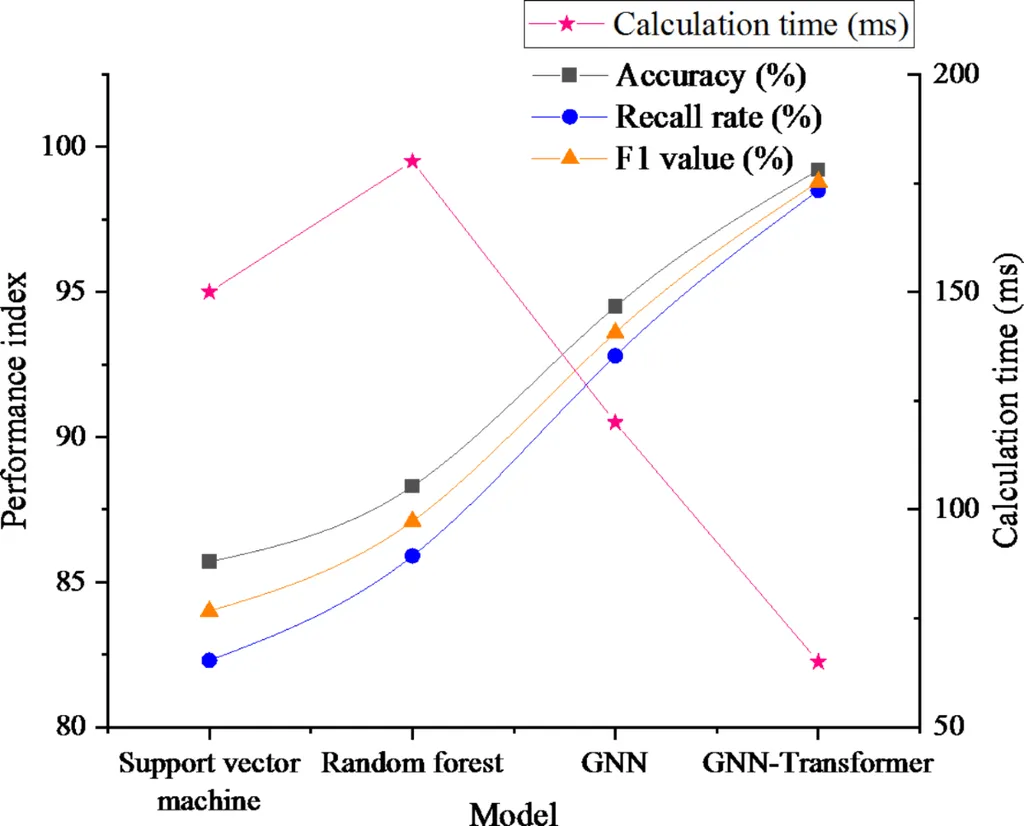In the quest to fortify power grid resilience, a team of researchers led by Richard Bosso from the Department of Electrical Engineering and Computer Science at Florida Atlantic University has made a significant stride. Their work, published in the journal “Published in the journal IEEE Access” (which translates to “Published in the journal IEEE Access”), focuses on enhancing the interpretability of graph neural networks (GNNs) for fault location detection in power grids. This research could potentially revolutionize how utility companies approach grid monitoring and maintenance, offering both improved accuracy and transparency.
GNNs have already demonstrated exceptional precision in identifying faults by analyzing phasor data from various points in the grid and incorporating the system’s topology. However, their “black box” nature has been a persistent challenge, obscuring the reasoning behind their predictions. “Lack of transparency significantly hinders power utility operations,” Bosso explains. “Interpretability is crucial for building trust, accountability, and actionable insights.”
To address this, Bosso and his team developed a comprehensive framework that systematically evaluates state-of-the-art explanation strategies for GNN models. This is the first such framework applied to GNNs for fault location detection. By assessing the strengths and weaknesses of different explanatory methods, the researchers identified the most effective strategies for clarifying the decision-making processes of GNN models.
The implications for the energy sector are substantial. Enhanced transparency allows utility providers to better understand and trust the models’ outputs, leading to more informed decision-making. “Our framework not only improves the practical usability of GNN-based systems but also contributes to advancing their adoption in critical power grid applications,” Bosso states.
The research highlights the importance of model explainability and transparency, which are essential for the widespread adoption of advanced machine learning techniques in the energy sector. As power grids become increasingly complex, the ability to accurately and transparently detect faults will be crucial for maintaining grid stability and reliability.
This work sets the stage for future developments in the field, paving the way for more robust and trustworthy AI systems in power grid management. By bridging the gap between cutting-edge technology and practical application, Bosso and his team are helping to shape a more resilient and efficient energy future.

